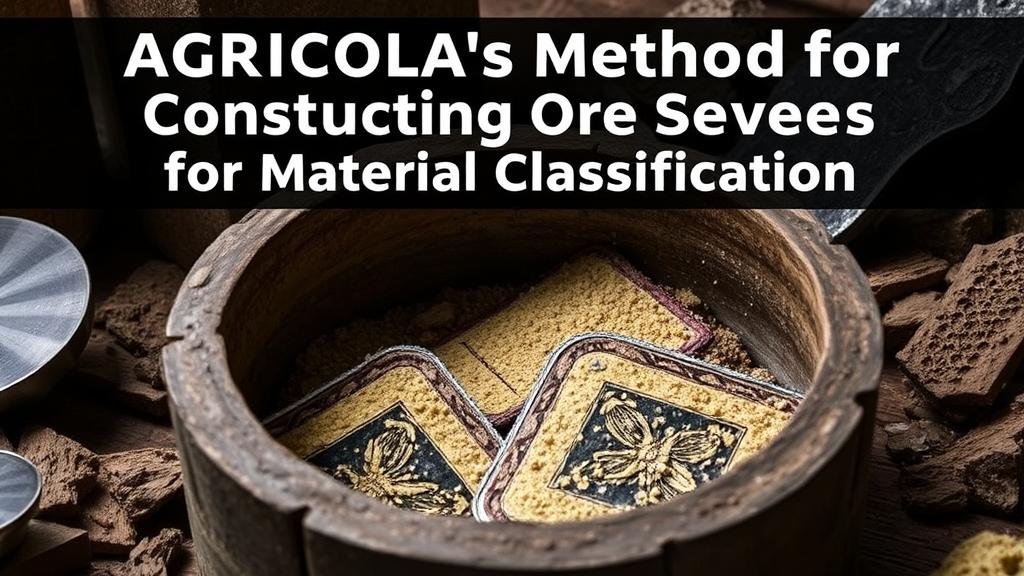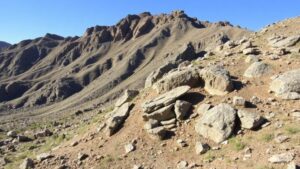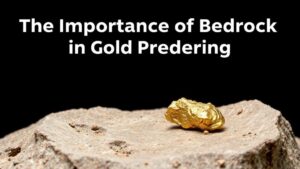Agricola’s Method for Constructing Ore Sieves for Material Classification
Agricola’s Method for Constructing Ore Sieves for Material Classification
In the realm of mining and metallurgy, efficient material classification is essential for optimizing resource extraction and processing. Georgius Agricola, a Renaissance scholar and author of De Re Metallica, developed methods for constructing ore sieves that have had a lasting impact on the field. This article delves into Agricola’s methods for constructing these essential tools and their applications in material classification.
The Importance of Ore Sieves
Ore sieves are devices used to separate different sizes of particles, enabling the classification of materials based on size and density. This classification is crucial for several reasons:
- Efficient processing: Proper classification allows for more targeted processing techniques.
- Resource optimization: By segregating ore types, valuable minerals can be concentrated, reducing waste.
- Enhanced quality control: Consistent particle sizes facilitate uniformity in end products.
Components of Agricola’s Ore Sieves
Agricolas design for ore sieves incorporated several key components:
- Frame: The sieve frame was typically made of sturdy wood, designed to maintain its shape under stress.
- Screen Material: Various materials such as cloth, fine metal mesh, or woven fibers were used to create the screening surface.
- Mesh Size: Agricola emphasized the importance of mesh size in determining the effectiveness of the sieve. Different sieves were constructed with varying mesh sizes to accommodate different types of ore.
Construction Techniques
Agricola advocated for a systematic approach to constructing ore sieves. His methods included:
- Selection of Materials: Choosing durable materials that could withstand mechanical stress when sieving.
- Mesh Tightening: Ensuring that the mesh was tightly woven to prevent clogging, which could reduce efficiency.
- Calibration of Mesh Size: Agricola recommended measuring the sizes of the ore particles to determine the appropriate mesh size for each sieve.
Example: Practical Application in Mining
The principles outlined by Agricola can be observed in modern mining operations. For example, in the gold mining sector, classifiers are used to separate fine gold particles from larger rocks and debris. Utilizing screens with various mesh sizes, miners can effectively isolate valuable materials while discarding non-valuable waste. This technique not only conserves resources but also enhances the environmental sustainability of mining practices.
Modern Adaptations of Agricola’s Methods
While Agricola’s methods laid the groundwork for sieve construction, advancements in technology and materials have evolved these concepts further. Contemporary techniques often incorporate:
- Vibratory Sieves: Utilizing mechanical vibration to enhance particle separation.
- Digital Mesh Analysis Tools: Useing technology to analyze particle sizes and optimize sieve design.
Benefits of Following Agricola’s Approach
Adhering to Agricola’s methodology can provide numerous benefits to both historical and modern applications:
- Improved Efficiency: A well-constructed sieve significantly reduces time and labor costs in material processing.
- Increased Yield: Enhanced separation techniques lead to higher recovery rates of desired materials.
Conclusion
Agricola’s method for constructing ore sieves remains a cornerstone in the field of material classification. By understanding and applying these principles, modern practitioners can continue to optimize their methods for resource recovery and management. As the industry evolves, integrating Agricola’s foundational techniques with modern technology will be crucial for achieving sustainable and efficient mining operations.


